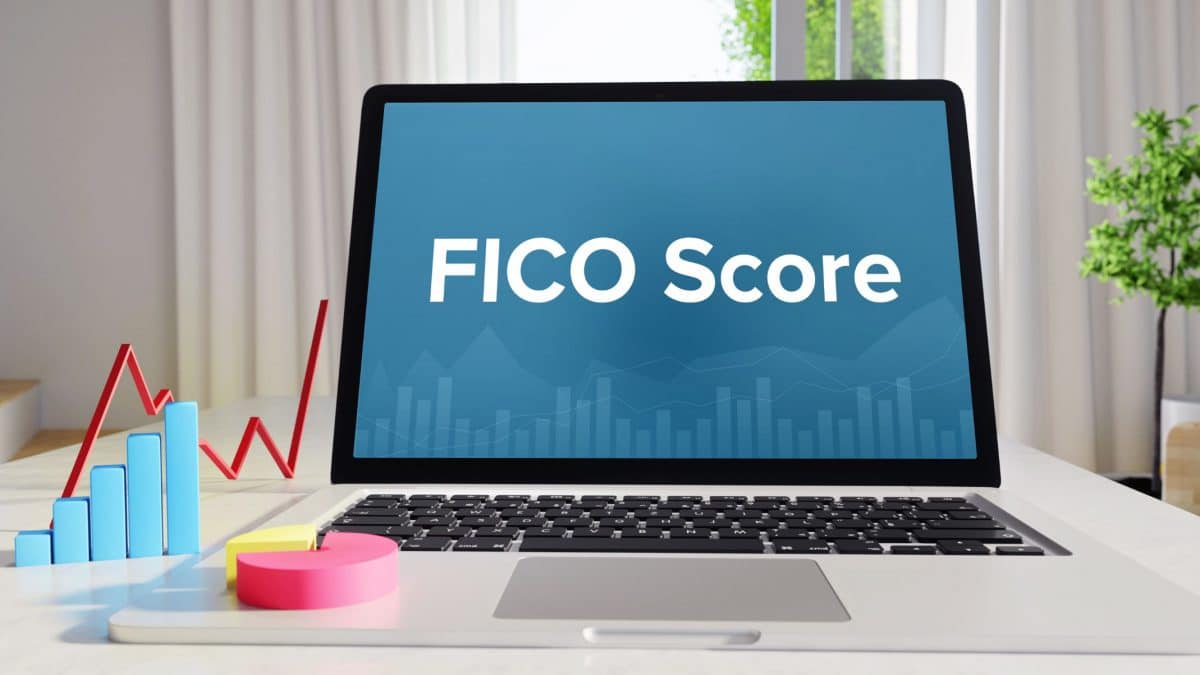What is FICO Score?
A FICO Score is a three-digit number based on the information found within your credit reports. It helps lenders determine your creditworthiness, and how likely it will be that you repay a loan you’re given. All of this information works together to determine how much you can borrow, the time you get to pay it back, and how much interest lenders will charge you.
Lenders need a way to decide whether or not to loan you money in a fast and consistent way. In most cases, they will look at your FICO score. This is a win/win for you as the borrower and your lender, because they’ll be able to make smarter decisions on who they lend money too and you won’t have to wait forever to get the credit you need.
FICO Scores are calculated using your credit information. You can sway your score by paying bills in full when they’re due, not carrying too much debt, and making smarter credit and spending choices, according to myFICO.
History of FICO
1800s
Based on research done by myFICO, the earliest signs of credit date back to the 1800s. In the 1800’s, most credit was conducted by businesses and had little to do with the consumer. Once business transactions increased, lenders needed a way to standardize the evaluation of credit.
In 1841, the Mercantile Agency solicited information from across the country in order to systemize a borrower’s assets. Eventually, this data was considered to be subjective and proved to have racial, gender, and class biases.
1900s
In the 1900s, the civilian wealth increased, and because of this it was time for credit-reporting to come up with new ways to evaluate not only businesses, but consumers as well. Atlanta’s Retail Credit Company (RCC) figured it out by collecting data on millions of American people. However, it was stopped by the government when it was found out that they also gathered information on individual’s social, political, and sexual lives too.
The Fair Credit Reporting Act was passed in 1970, and required credit reporting bureaus, like RCC, to open their files to the public and delete negative information after a certain period of time. It also required them to remove data on race, sexuality, and disability. The FCRA did have negative effects on the RCC’s reputation, but they continued to work and eventually rebranded in 1975 to what we know today as Equifax. Additionally, we now have Experian and TransUnion. Together, these three bureaus represent top credit reporting bureaus.
In 1989, these agencies continued to have difficulty comparing their reports. To help find an industry-standard for reporting credit scores, they began working with a well-known tech company: Fair, Isaac, and Company – which is known today as FICO. This resulted in the FICO Score, which was an algorithm similar to what is used today to calculate your credit score.
2000s
Today, FICO Scores are used by creditors to look at a borrower’s creditworthiness. They are used by 90% of top lenders due to its accuracy and reliability, making it the most widely-used score.
Why is FICO Score Important?
Your FICO Score is critical in helping you gain access to the credit you need. This is what helps you do things like renting an apartment, buying a car, getting a mortgage, or even getting an education. Additionally, insurance and utility companies often check your score when coming up with your terms of service.
A good FICO Score will save you thousands of dollars in fees and high interest, because lenders are more likely to work with you on lower rates because you pose less of a risk. A negative FICO Score will result in higher interest rates and all sorts of fees. This will cost you a large sum of money in extra costs alone. In some instances, it could prevent you from opening a new line of credit.
How is FICO Different?
FICO Scores were created by the Fair Isaac Corporation and are used by over 90% of lenders. FICO Scores are different because they are the industry standard for making reliable and fair decisions about your risk and creditworthiness. They help people go to school or get a new home when they otherwise might not be able.
Other credit scores are calculated different than FICO Scores. Though they may be similar, the truth is they’re not. When looking for your credit score, FICO is the most trusted one to consider.
What Does FICO look at?
FICO Scores look at different factors in five different areas to determine if you’re a worthy borrower:
- Payment history – your payment history shows how well you’ve paid back credit accounts. This is the most important factor that affects your score.
- Current debt – this makes up 30% of your overall score. This is necessary because it shows self-control and who might have issues with discretionary spending.
- Length of credit history – this shows how long your accounts have been open and their recent activity.
- Credit mix – this is where they look at the variety and diversity of your debts. This spotlights how many different types of accounts you can handle. If you have a good mix, you might appear less risky to lenders.
- New credit – making up 10% of your score is new credit, which shows recent inquiries. Though it’s important to note, you shouldn’t open multiple accounts at once as that could indicate you’re a desperate borrower.
By learning what plays a part in determining your credit score (payment history, current debt, length of credit history, credit mix, and new credit) you can take the steps to look after it and repair it if needed. Though it may take time to repair bad credit, getting started now will help you get to financial health faster.
A Breakdown of the Scores
Though each lender can determine what a good credit score is to them, there are categories that can help give you an idea of where you stand with your current credit score.
300-580: Poor
If your score falls in this range, you’re a risky borrower and lenders will be less likely to give you credit without tacking on fees and high interest rates.
580-669: Fair
If you’re in this category, your score is still below the average score of the typical U.S. consumer. However, lenders can still approve loans with a score that falls here.
670-739: Good
If you’re here you’re in good standing. Your score is near or right above the average score and most lenders don’t have a problem lending to someone with a credit score in this range.
740-700: Very Good
In this range, your score is above the average and shows you are a very trustworthy borrower. You will almost certainly be approved when applying for credit.
800+: Exceptional
Your score here is way above the average consumers and clearly shows that you are a dependable and exceptional borrower.




